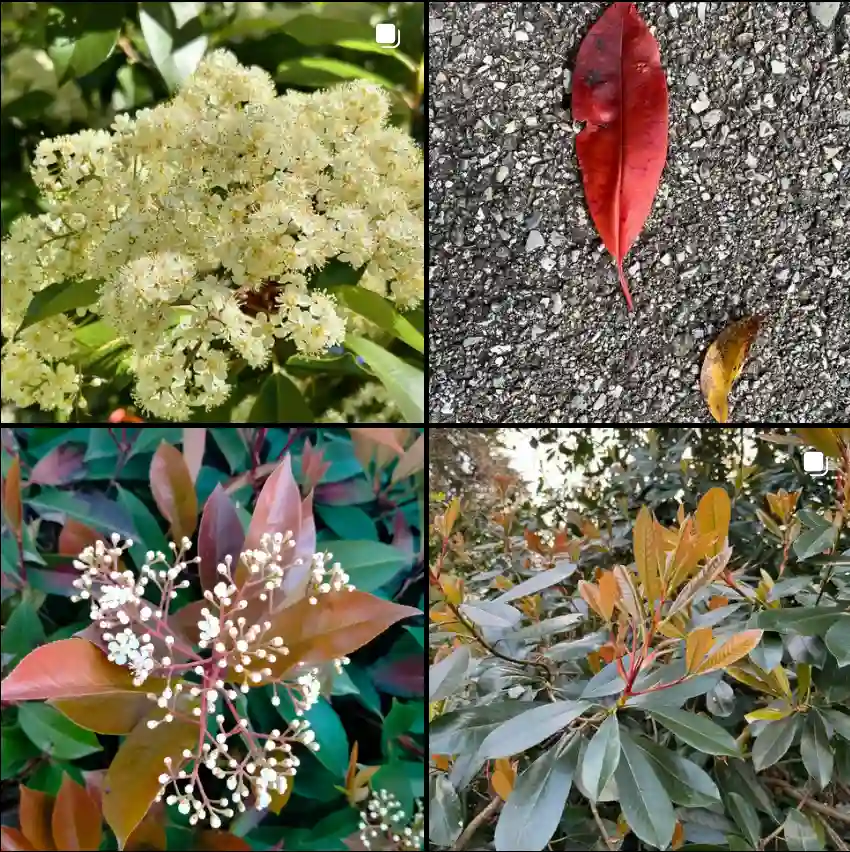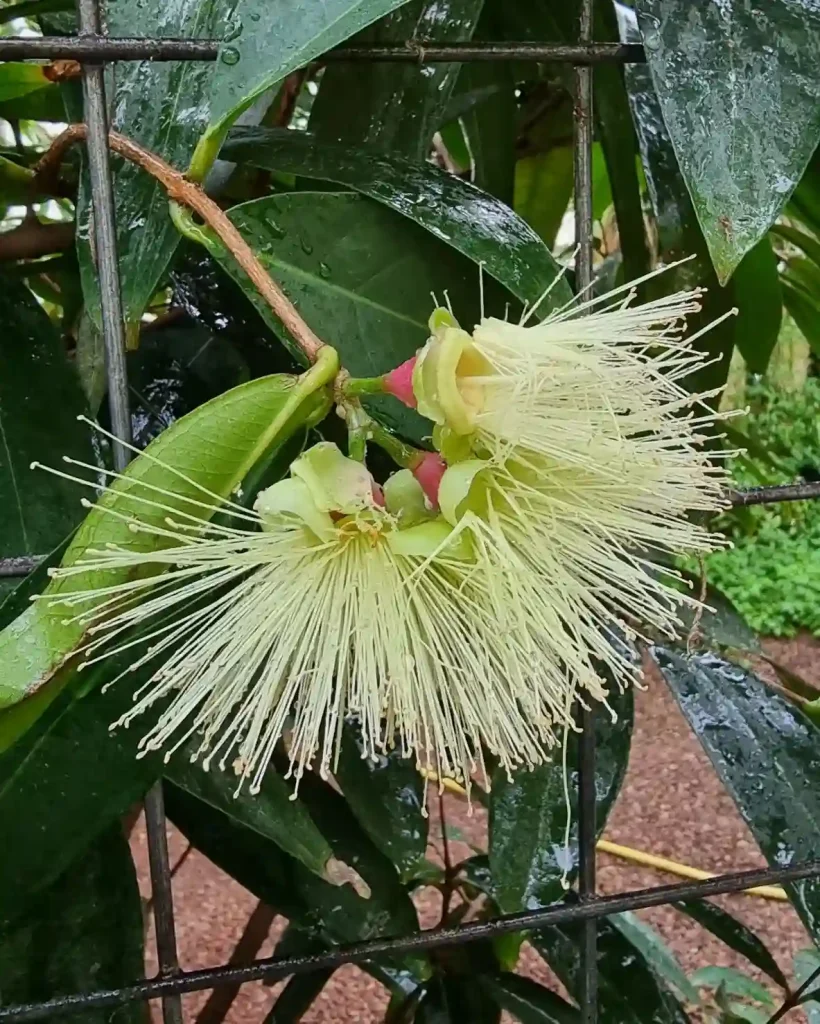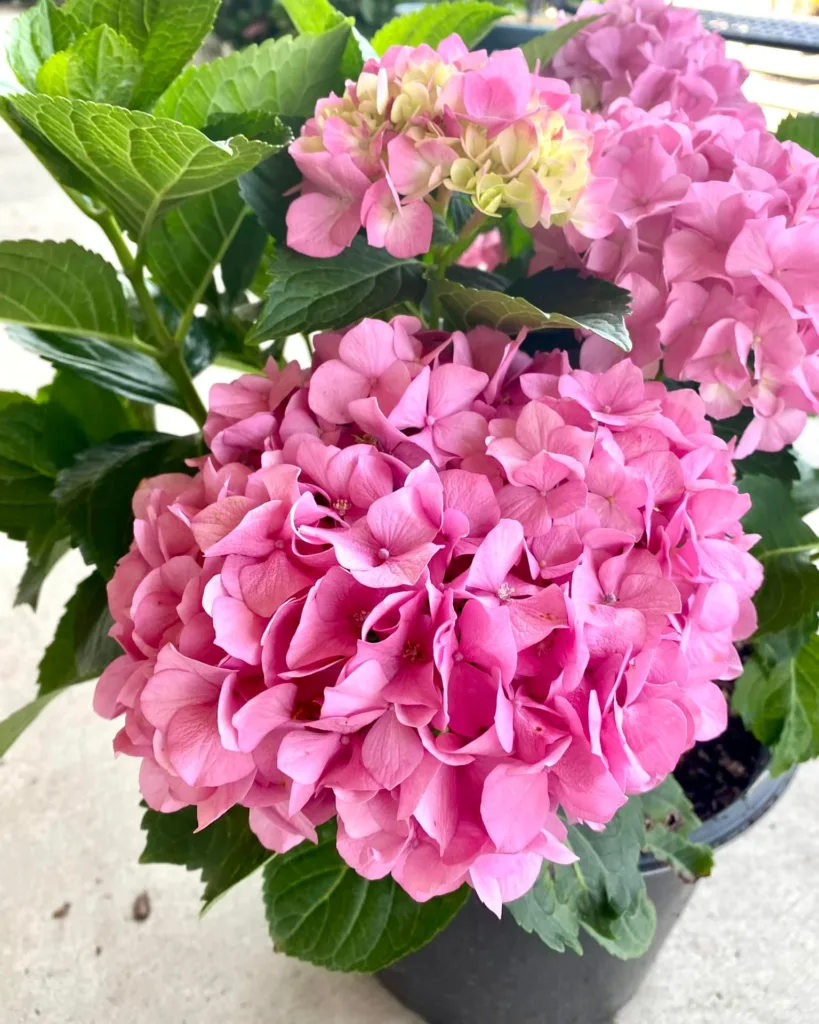FAQs About Casuarina Equisetifolia
When I first encountered Casuarina Equisetifolia, I was struck by its unique appearance and robust nature. This tree, often known as the Australian Pine, has intrigued me for a while, and I’ve gathered quite a bit of information that I think might be helpful for others interested in growing it. Here’s a comprehensive guide to some of the most frequently asked questions about Casuarina Equisetifolia.
14 Species in Genus Casuarina
How Fast Does the Casuarina Equisetifolia Grow?
Casuarina Equisetifolia is known for its rapid growth. In ideal conditions, it can grow up to 3 feet per year. This fast growth makes it a popular choice for quick landscape cover and windbreaks. However, its growth rate can be influenced by factors such as soil quality, water availability, and sunlight. Ensuring it has plenty of space to expand and access to full sun will help it achieve its best growth rate.
How to Grow Casuarina Equisetifolia?
Growing Casuarina Equisetifolia is relatively straightforward if you provide the right conditions. Here are some tips based on my experience:
- Location: Choose a sunny spot. Casuarina Equisetifolia thrives in full sun but can tolerate some shade.
- Soil: It prefers well-drained soil. Sandy or loamy soils are ideal, but it can adapt to a range of soil types as long as they are not waterlogged.
- Watering: Once established, it is quite drought-tolerant. However, regular watering during its early stages helps it establish a strong root system.
- Spacing: This tree can grow quite large, so plant it away from buildings and other plants. It’s best to space them about 20 to 30 feet apart.
What Family Does Casuarina Equisetifolia Belong To?
Casuarina Equisetifolia belongs to the Casuarinaceae family. This family is known for its distinctive, needle-like foliage and hardiness. The Casuarinaceae family includes several species with similar features, which are often used for windbreaks and erosion control.
Casuarina Equisetifolia vs Casuarina Cunninghamiana
When comparing Casuarina Equisetifolia with Casuarina Cunninghamiana, there are a few key differences and similarities to note:
- Growth Habit: Casuarina Equisetifolia tends to be taller and more slender compared to Casuarina Cunninghamiana, which often has a more bushy appearance.
- Leaf Structure: Both have needle-like foliage, but Casuarina Cunninghamiana’s needles are often shorter and denser.
- Adaptability: Casuarina Cunninghamiana is generally considered more adaptable to a wider range of soil types and conditions compared to Casuarina Equisetifolia, which prefers well-drained soils.
How to Care for Casuarina Equisetifolia?
Caring for Casuarina Equisetifolia involves a few simple practices:
- Pruning: Regular pruning can help maintain its shape and remove any dead or damaged branches.
- Fertilizing: It typically doesn’t need much fertilization. However, a balanced fertilizer once a year can support its growth.
- Pest Control: While it is generally pest-resistant, keep an eye out for any unusual signs of insect activity or disease, especially during the early stages of growth.
How to Propagate Casuarina Equisetifolia?
Propagation of Casuarina Equisetifolia can be done through seeds or cuttings:
- Seeds: Collect seeds from mature trees and sow them in well-drained soil. Keep them moist until they germinate, which usually takes a few weeks.
- Cuttings: Take semi-hardwood cuttings in late summer and root them in a suitable potting mix. Maintain high humidity around the cuttings to encourage root development.
What to Plant With Casuarina Equisetifolia?
Casuarina Equisetifolia pairs well with a variety of plants. Consider using it in:
- Windbreaks: Plant it alongside other hardy trees or shrubs to create a wind barrier.
- Ground Covers: Low-growing plants like native grasses or ground covers can complement its tall, vertical growth.
- Erosion Control: Its extensive root system makes it a good choice for stabilizing soil.
Can You Grow Casuarina Equisetifolia Indoors?
Casuarina Equisetifolia is best suited for outdoor growth due to its size and light requirements. Growing it indoors is not practical, as it needs plenty of space and sunlight to thrive.
Is Casuarina Equisetifolia Toxic?
Casuarina Equisetifolia is not known to be toxic to humans or animals. However, it’s always a good practice to ensure pets or children do not ingest plant material, especially if you’re unsure about a plant’s effects.
Benefits of Casuarina Equisetifolia
Casuarina Equisetifolia offers several benefits:
- Erosion Control: Its extensive root system helps prevent soil erosion.
- Windbreaks: It makes an effective windbreak due to its dense foliage.
- Shade: Provides excellent shade in hot climates.
Common Problems with Casuarina Equisetifolia
Some common issues include:
- Root Rot: In poorly drained soils, root rot can be a problem. Ensure proper soil drainage to avoid this issue.
- Pests: While generally pest-resistant, it can occasionally attract scale insects or other pests.
Compare with Other Confused or Similar Items
If you’re considering Casuarina Equisetifolia, you might also look at similar species like Casuarina Cunninghamiana or other fast-growing trees. Each has its own advantages depending on your specific needs for landscaping or environmental control.
By understanding these aspects of Casuarina Equisetifolia, I’ve found it to be a versatile and robust plant that can be a valuable addition to various landscapes. Whether you’re looking to use it for erosion control or as a windbreak, this tree offers numerous benefits with the right care and conditions.
If i die, water my plants!



